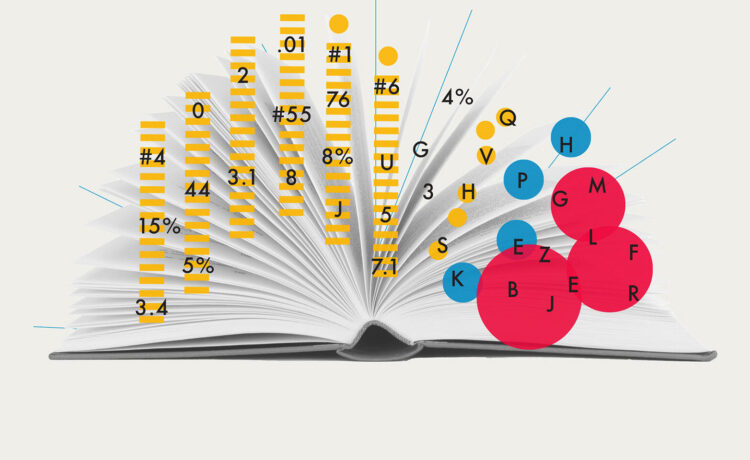In fact, data is present in our daily routine and we myself do not give much thought to it. Starting with individual choices to outlining major business actions, data appears to be the key means of constructing our perception of reality. But statistical data are not enough here to convince; they require a story to be told. Introduce data storytelling – the complex of tools that combines the metrics approach with art. It converts issue oriented complicated data structures into stories that grab the audience’s attention and spur them into action.
In a world that is gradually moving towards big data, this art becomes a necessity in everyone’s life, not only analysts or marketers. That is where the charm is! So, let’s discuss why data storytelling has become a must-master skill, not the luxurious extra in the modern world.
Importance of Data Storytelling in Today’s World
This is why data storytelling course has emerged as a critical component of the modern environment full of information. Given that we receive an avalanche of information on a daily basis, the task of finding the key messages and translating them into people’s stories is pivotal.
It might be easier to interest people through use of such stories instead of producing big number figures which may not be easy to understand. It is thus very significant for the presentation of information to make it mirror information conveyed in an interesting story. It establishes the links between those bare figures that everyone is so accustomed to, and the actual consequences.
In addition, good data storytelling helps to create better decisions due to the improved comprehension of data. Proper communication is essential for the management of organizations in order to facilitate strategies and results. If the particular numbers are put into some form of a story, then the particular stakeholders are far more likely to get up and do something.
The use of data storytelling also comes as a competitive advantage in the business world as companies, and firms can differentiate themselves. They don’t only deliver data but also provide the features of these data, which make people attend, listen, and change. This skill comes handy in the search for power and change in all sectors in today’s society.
How to Craft a Compelling Data Story
As with any story that is being told, data story has to be commenced with the identification of the target viewer. In fact, they should know who they are and what their audience is interested in. This knowledge defines how you parcel, organize, encode, or even transmit your information.
The first step concerns the defining of what message calls for delivery starting from the body of your data. These are some of the crucial questions, the answers to which will help determine what exactly you want to share with the target audience and your readers, meaning, the insights you want to provide. For example it is desirable to focusing on some special theme or question that is interesting and important for your audience.
So, next it is necessary to combine storytelling and numbers. To provide the audiences with a meaningful context and to make data memorable, use characters, conflict, and resolution.
Illustrations are used at this stage as well and are critical to the process as well. Legible graphs or charts can best relay important information, one can easily make a point that can be easily understood by the intended audience through graphs or charts.
There should be coherency when developing the different facets of your story. Ensure the shift between one point and the other is smooth but also retains readability in the execution of the data driven argument.
The Impact of Data Storytelling on Businesses and Organizations
Data narrative alters how organisations engage. It transforms simple statistic figures into a story which is easy to understand and appeal to emotions.
Hence, when teams are efficient in the sharing of insights, they promote efficient teamwork together with the decision making process. This makes it easier for the stakeholders to understand complex information within the shortest time possible especially in fast changing conditions.
Further, client and employee interaction is also improved when data stories are being utilized in an organization. It is easier to remember the information when presented with a story telling technique manner.
Here, companies get the chance to stand out from each other using the right tools of telling their stories. They develop long term relationships with customers through creating an impact that follows a customer even after they have walked away from a presentation or read a report from the company.
Unlike the former approach which can only amplify information comprehension, the latter approach is useful in establishing credibility in the brand. When companies tell their stories in a form of a story they enable other people to feel emotionally about the company’s mission and objectives.
What is data storytelling and why does it matter
Data storytelling is the practice of creating stories where necessary with an aim to relate some data. This changes mere statistics into narratives that are easy to relate with the audience.
I am not talking about some charts and graphs here. Marketing communication is all about providing a context, building and appealing to emotions and calling for actions. In later information is presented in a simple manner which easier for all to understand with the help of the presented tables.
It consequently became our prime directive in an age that was quickly becoming inundated with information: to make sense. Data storytelling assists the target consumers and other population entities to break the clutter. One of the tremendous benefits of using diagrams is that it assists in simplification of complex information making it easier to grasp as well as easier to recall.
In businesses, therefore, storytelling remains as a powerful tool that is able to determine how people make decisions. It turns out that people prefer using meaningful stories over statistics in an effort to influence the attitude and behaviors of stakeholders.
Thus, data storytelling’s mastery becomes the vital tool for the change agents and relationship builders within the organization.
The power of visualizing data
To their surpise the use of data visualization cannot be overemphasized. To state it in other words, numbers and statistics become more comprehensible when they are turned into more appealing graphics. Different types of graphical representations such as charts, graphs, and infographics can popularize a given information set for the large consumption of the audience.
Graphics get a person’s focus immediately as the globe is flooded with data. They build emotions and draw attention to styles or values that may not be easily observable while just looking at the data. A good visualization should makes viewers want to dig deeper and find the narrative that belongs to those numbers.
Also, the concept of visuals helps in encouraging creativity in presenting the insights initially. Regardless the form of the use of visuals, including interactive dashboards and animated graphs, there are numerous methods of presenting stories that will not leave the audience indifferent.
The ability to visualize data brings a lot of value in different areas of human life; from a marketing proposal, a healthcare solution and all other professional fields; fully enhances the ability to communicate messages. This skill if cultivated helps in not only expanding individual capabilities but also improving on teamwork by encouraging shared meaning construction by using the pictures.
When the decision making process has to be performed on the information mass, which is received daily, the significance of using the techniques of visual narration becomes critical.





